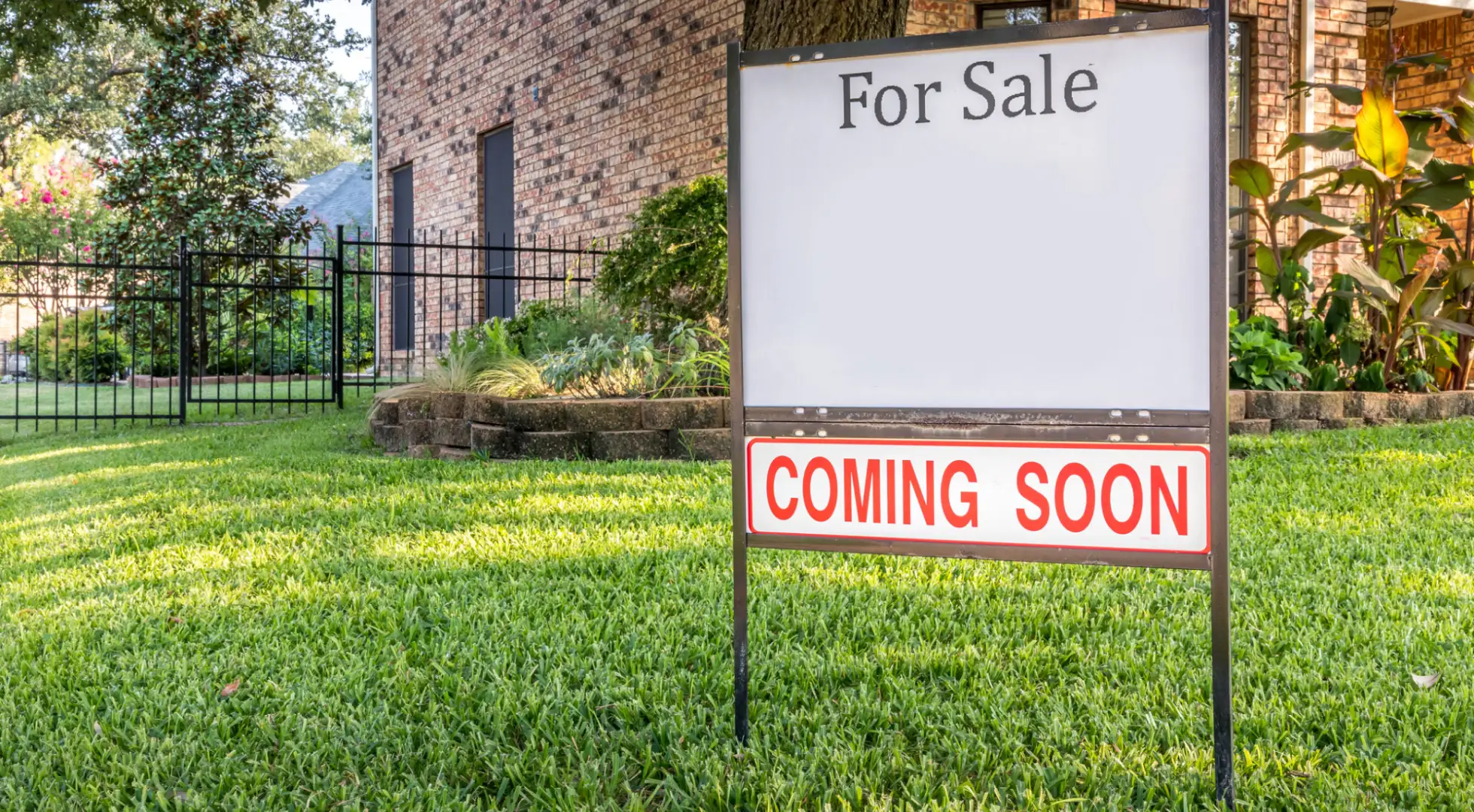Higher Mortgage Rates Won’t Knock Housing Market Off Track, Wells Fargo Says

An increase in mortgage rates tied to the Federal Reserve’s withdrawal of its pandemic-era bond-buying program will “only modestly restrain” home sales this year, Wells Fargo said in a forecast on Thursday.
Existing home sales probably will total 6.17 million this year, a gain of 0.8% from 2021’s 6.12 million, a Wells Fargo team led by Senior Economist Mark Vitner said in the report. While that’s a fraction of the 8.5% sales increase seen in 2021, it’s not the contraction other housing forecasters have predicted.
It all comes down to how investors in mortgage-backed securities react to the ending of the Fed’s bond purchases that propped up the credit markets in the early years of the Covid-19 pandemic, the Wells Fargo report said. Another key factor is when and how the Fed will begin reducing its portfolio of $8.4 trillion of bonds.
“Mortgage rates should remain around 4% through most of this year, although the roll-off of mortgage-backed securities will likely cause the spread between conventional mortgages and the 10-year Treasury to widen somewhat and create some upside risk,” the Wells Fargo report said.
The average U.S. rate for a 30-year fixed mortgage rose to 3.69% this week, a two-year high, according to a Freddie Mac report on Thursday. The rate has gained almost three-quarters of a percentage point since the Fed announced in early November it would taper its bond purchases.
New-home sales will be the brightest part of the housing market in 2022, though they’ll represent only 12% of residential real estate transactions, the Wells Fargo report said. Sales of newly built houses likely will jump 17% to 890,000, the forecast said. That would be the most since 2006 when 1.05 million sold, according to data from the Census Bureau.
Home prices for previously sold properties likely will gain 12% this year, compared with a record 18% in 2021, the forecast said. In the five years prior to the pandemic, the average annualized home-price gain was 5.6%.
New-home prices probably will rise 8.1% compared with 16% in 2021. In the five years before the pandemic, new-home prices rose an average of 2.8% a year, according to the Wells Fargo data.
A shortage of both new and existing homes on the market is keeping demand high among buyers, the report said. While higher mortgage rates will cut down on bidding wars, they won’t eliminate competition.
Single-family housing starts rose to a 15-year high of 1.12 million in 2021, signaling some easing of longstanding inventory shortages, the report said. It typically takes about five or six months to complete a home, according to the National Association of Home Builders.
“While we expect the supply of new housing to improve this year, inventories will remain exceptionally lean amid strong demand,” the report said. “This means there will not likely be any significant moderation in home prices this year.”
Kathleen Howley has more than 20 years of experience reporting on the housing and mortgage markets for Bloomberg, Forbes and HousingWire. She earned the Gerald Loeb Award for Distinguished Business and Financial Journalism in 2008 for coverage of the financial crisis, plus awards from the New York Press Club and National Association of Real Estate Editors. She holds a degree in journalism from the University of Massachusetts, Amherst.




